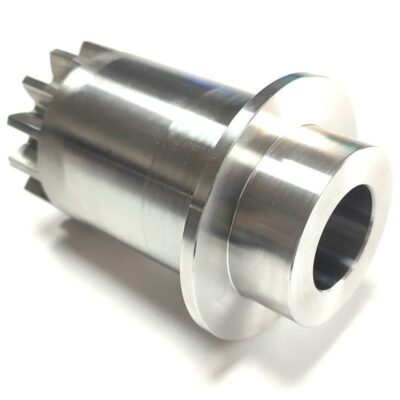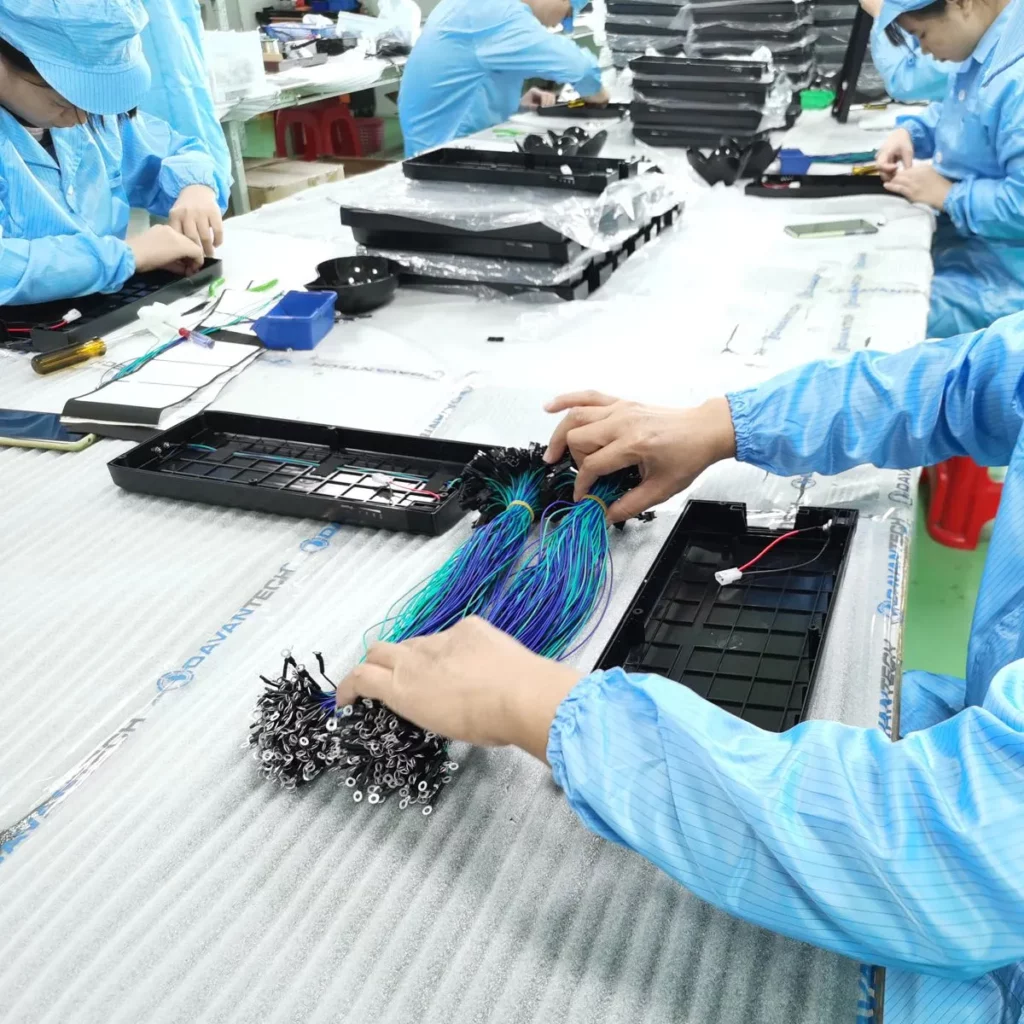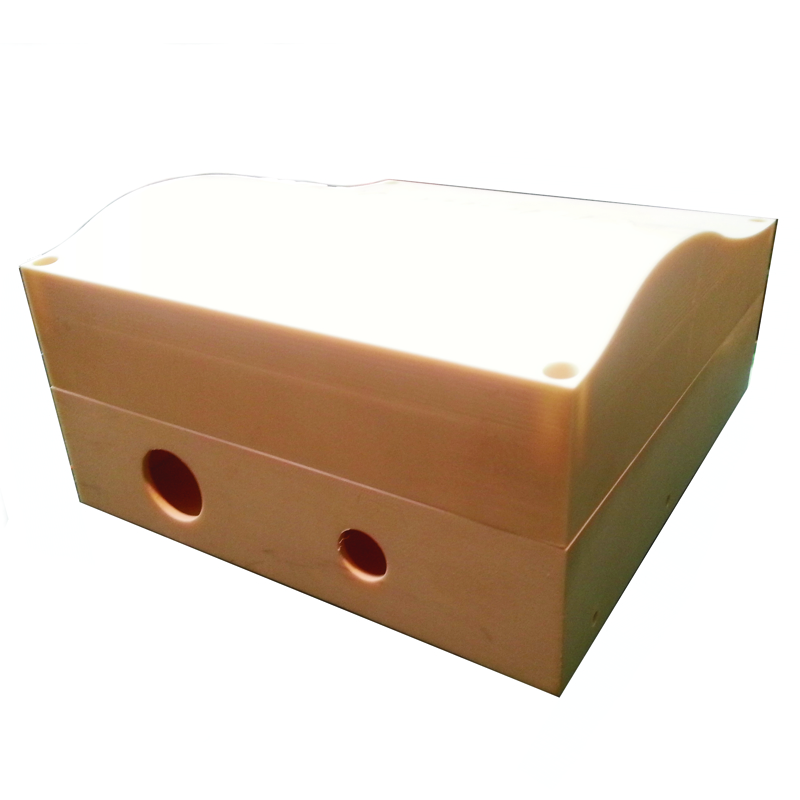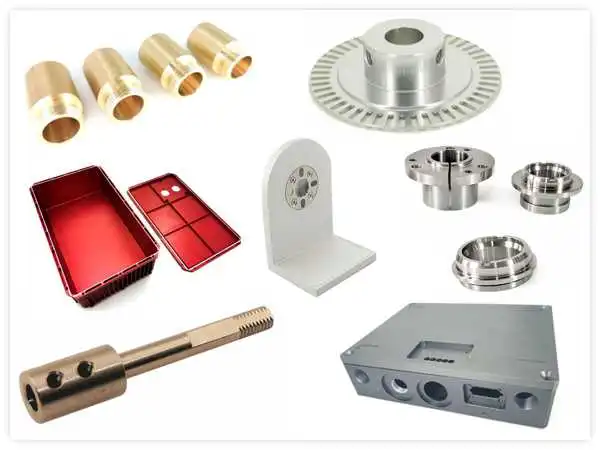Manufacturing CNC machined stainless steel parts with gears is a meticulous process requiring precision and expertise. It begins with selecting the appropriate grade of stainless steel, such as AISI 304, 316, or 316L, based on the specific requirements of the application. The chosen grade must possess the necessary mechanical properties and corrosion resistance to withstand the intended environment or operating conditions.
Once the stainless steel material is chosen, the manufacturing process commences with the design phase. Engineers utilize CAD software to create detailed blueprints of the part, including the gear geometry, dimensions, and tolerances. This step is crucial in ensuring the final product meets the desired specifications and functions optimally within its intended application.
With the design finalized, the next step involves material preparation. Stainless steel raw material in the form of bars or blocks is selected based on the part’s geometry and size. The material is then cut or machined to the required dimensions using various techniques such as sawing, shearing, or laser cutting. This initial shaping process sets the foundation for further machining operations.

Precision Machining is the Main Manufacturing Process
Precision machining constitutes the core of the manufacturing process. We commonly employ CNC (Computer Numerical Control) machining to fabricate stainless steel parts with gears. CNC turning machines shape cylindrical components like axles, while CNC milling machines cut intricate gear profiles with high accuracy.
During CNC machining, cutting tools actively remove material from the stainless steel workpiece to create the desired shape and features. We commonly use carbide or high-speed steel (HSS) cutting tools due to their hardness and wear resistance. We carefully optimize machining parameters, including cutting speed, feed rate, and depth of cut, to achieve efficient material removal while maintaining dimensional accuracy and surface finish.
The gear cutting process stands out as one of the critical aspects of manufacturing stainless steel parts with gears. Specialized cutting tools on CNC milling machines precisely shape the gear teeth profile, ensuring proper engagement and smooth operation of the gears within the assembly.
Surface Treatments Enhance Corrosion Resistance
To enhance the corrosion resistance and surface finish of stainless steel parts, manufacturers may apply post-machining treatments. Passivation, for example, removes surface contaminants and improves the part’s resistance to rust and corrosion. Electropolishing achieves a smooth, polished surface, further enhancing the part’s aesthetic appeal and durability.
Throughout the manufacturing process, quality control ensures the finished parts meet stringent standards and specifications. Manufacturers conduct dimensional inspections, surface roughness measurements, and visual inspections at various stages of production to verify compliance with design requirements.
In conclusion, manufacturing stainless steel parts with gears is a complex yet rewarding process that demands precision, expertise, and attention to detail. From material selection and design to machining and assembly, each step plays a crucial role in producing high-quality parts that meet the stringent requirements of diverse industries and applications.



